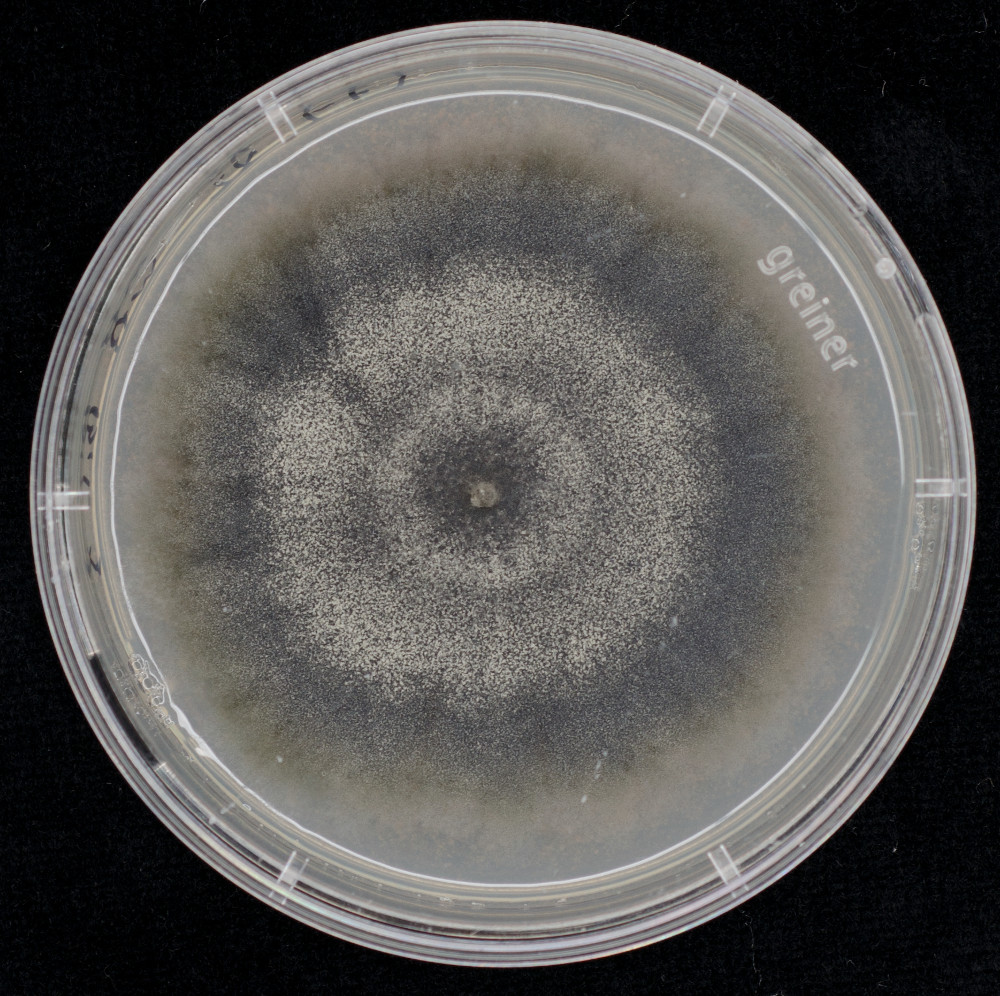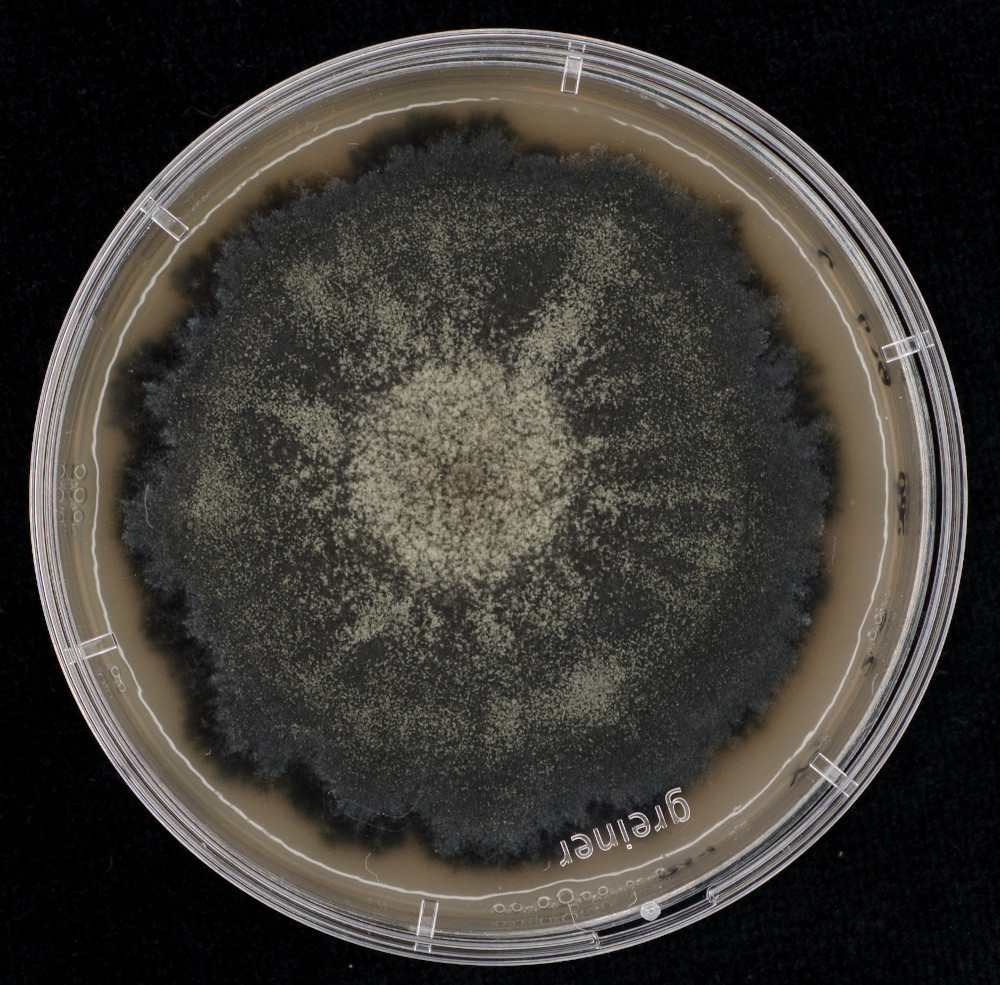
Image Credit: Valerie Buijs

Image Credit: Valerie Buijs
This genome was sequenced as part of the JGI CSP "1000 Fungal Genomes project - Deep Sequencing of Ecologically-relevant Dikarya (CSP 1974)" and more specifically as a part of the Dothideomycetes Sequencing Project, which seeks to densely sample members of a diverse lineage of saprotrophic, endophytic and pathogenic fungi to examine functional diversity of fungi with a shared evolutionary history. The 1000 Fungal Genomes Project aims to fill in gaps in the Fungal Tree of Life by sequencing at least two reference genomes from the more than 500 recognized families of Fungi.
Phyllosticta citribraziliensis, an Ascomycete fungus in the Dothideomycetes clade was described as a non-pathogenic endophyte of Citrus plants cultivated in Brazil. Phyllosticta spp. have globally been recorded as endophytes, plant pathogens and saprobes from a wide range of plant hosts. Several Phyllosticta species have been associated with Citrus spp. worldwide. Some of these cause important diseases such as Citrus black spot and Tan spot, and are subjected to phytosanitary legislation in the European Union and the U.S.A. Pathogenic species are often confused with a morphologically identical but non-pathogenic Phyllosticta species. Considering their economic importance, whole genome sequences for all the species involved with Citrus plants, including P. citribraziliensis, are needed to improve our understanding of the underlying differences in pathogenicity and their evolutionary separation. These data will also allow for the development of robust DNA barcodes for quick detection and will facilitate further research on this important Citrus pathogenic and non-pathogenic species.
Researchers who wish to publish analyses using data from unpublished CSP genomes are respectfully required to contact the PI and JGI to avoid potential conflicts on data use and coordinate other publications with the CSP master paper(s).
Genome Reference(s)
van Ingen-Buijs VA, van Westerhoven AC, Skiadas P, Zuijdgeest XCL, Haridas S, Daum C, Duffy K, Guo J, Hundley H, LaButti K, Lipzen A, Pangilinan J, Riley R, Wang J, Yan M, Martin F, Barry K, Grigoriev IV, Groenewald JZ, Crous PW, Seidl MF
Phyllosticta paracitricarpa is synonymous with the EU quarantine fungus P. citricarpa based on phylogenomic analyses.
Fungal Genet Biol. 2024 Dec;175():103925. doi: 10.1016/j.fgb.2024.103925
